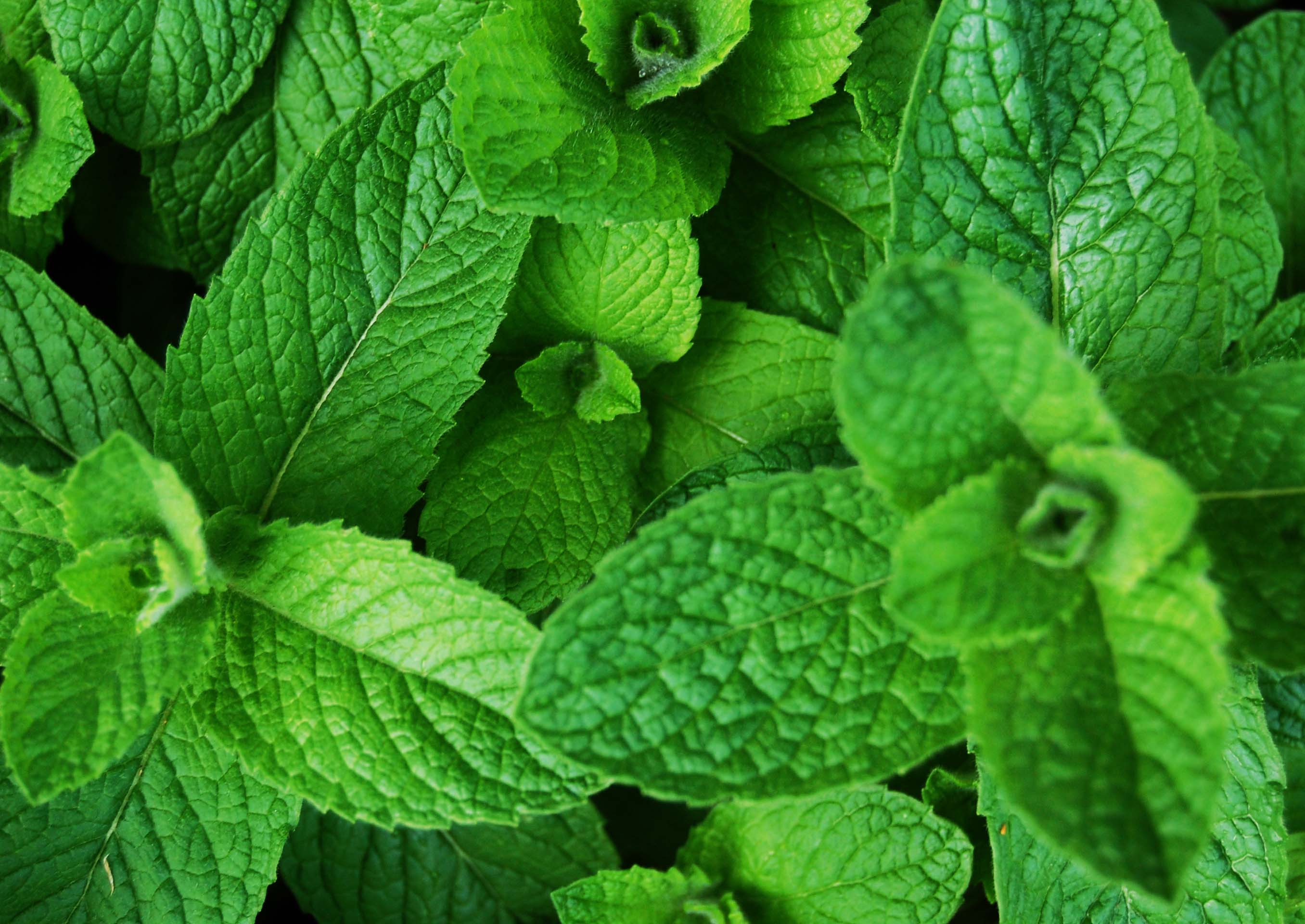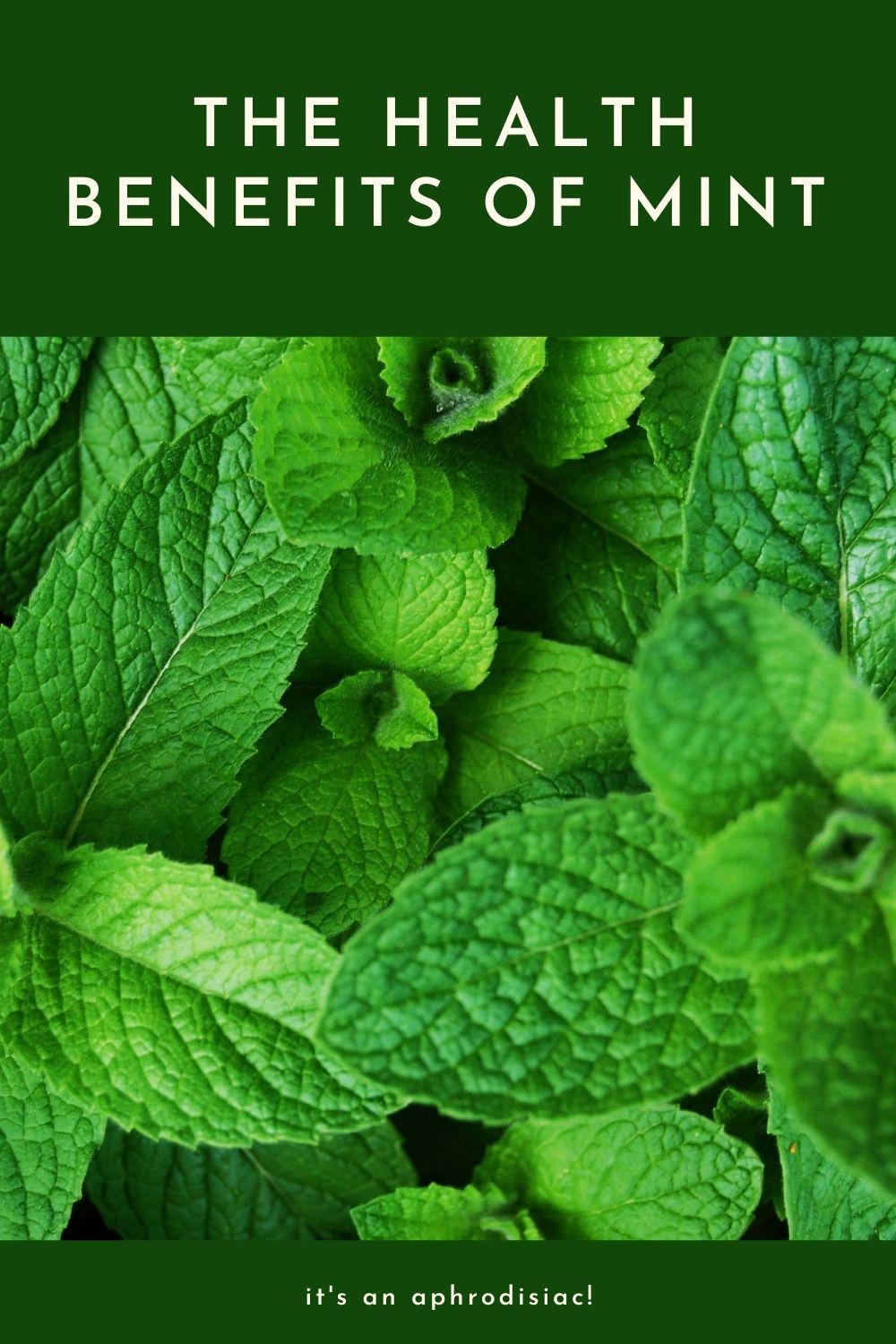
Among the ancient Greeks, there was a bit of discrepancy as far as mint benefits were concerned. Some were emphatic about the aphrodisiac effects of mint while others supported an opposing view.
Hippocrates believed that frequent eating of mint diluted sperm, hindered erection and–worst of all–tired the body. But Aristotle, on the other hand, advised Alexander the Great not to let his warriors partake of any mint while on crusade because of the herb’s potent, aphrodisiac effects.
But there was one thing all Greeks seemed to agree upon when it came to the benefits of mint. They all believed in the use of the refreshing herb in hospitality. The oil from the leaves was rubbed into the dining table as a greeting to welcome guests.
RELATED: Love fresh herbs? Discover the benefits of rosemary
The myth of Minthe and some mint history
The herb is named after a mythical beauty Minthe, who Hades found irresistible. When Hades’ wife Persephone learned of her husband’s attraction, she turned the irritable beauty into the aromatic plant we use today. In her honor, Greek brides often include mint in their bridal head wreaths.
Common types of mint
Peppermint and spearmint are probably the two most common types of mint. But they are by no means the only types of mint enjoying culinary and medicinal uses. Here are just a few of the easy-to-grow types of mint and the characteristics that make them stand out from the bunch.
- Peppermint – Probably the best-known variety of mint, it is commonly used to flavor candies and gum. This is the type of mint typically sold as mint tea leaves.
- Spearmint – This variety looks similar to peppermint but its flavor is much sweeter and milder.
- Ginger mint – This zesty variety is less known but a good mint to use in baking. Try it in quick breads or scones.
- Apple mint – This variety will surprise you with a flavor that is reminiscent of Granny Smith apples.
- Chocolate mint – Possibly my favorite variety, this mint tastes like a combination of peppermint and cocoa powder.
Surprising mint medicinal uses
It isn’t just the ancient Greeks who concerned themselves with the medicinal use of mint to treat sexual appetites. The topic has been researched by modern science.
Does mint impact testosterone?
You may have run across one of the many online articles denouncing mint because it can lower a man’s testosterone. It’s true that there’s some initial evidence that mint, specifically spearmint, may cause a dip in testosterone levels. However, the limited published studies on mint and testosterone were performed with female subjects and rats, not human men. So further study is needed to say what and how much of an impact mint could potentially have on a man’s testosterone.
Mint nutrition
I would not be too quick to dismiss mint as an herb with benefits to your romantic life. Mint contains a number of vitamins and minerals that are essential for maintaining sexual health, including vitamins A and C as well as a trace of vitamin B2. This sweet-smelling herb also contains magnesium, calcium and potassium. In addition, one of my favorite benefits of mint is its ability to calm both mind and body.
How mint freshens breath
Used in combination with other aphrodisiac ingredients, mint is the component credited with increasing appetites of all kinds. Best of all, the aromatic impression it leaves on the breath has been shown in case studies to inspire kissing. Studies show that chewing mint leaves can mask bad breath, however, it doesn’t kill mouth bacteria. That being said, there’s evidence that one of the benefits of mint leaves tea could be that it not only sweetens breath but also kill bad bacteria to leave your mouth clean as well as smelling fresh.
Mint benefits as an aid to digestion
Mint is also known for calming digestive issues. There is some evidence that, when taken with a meal, peppermint oil may reduce indigestion. Other studies indicate that mint may be helpful in relieving other types of stomach pain although research seems to be limited at this time.
Mint for weight loss
Some proponents of mint claim that mint leaves and mint oil can boost metabolism. Many propose that the benefits of mint-infused water include not only freshening breath and potentially promoting better digestion but also improving the absorption of food. I can find little scientific evidence to back up the claim but mint water is refreshing and low-calorie so there is little harm in enjoying this hydrating drink.
Using mint in cooking
Mint grows wild all over the world and has been adopted by countless cultures for culinary and medicinal use. Chefs in countries as diverse as France, Turkey, India, Portugal, Cuba and Thailand love to tease their dishes with the herb’s one-of-a-kind freshness.
As great chefs across the globe know, mint comes in enough varieties to suit whatever your style of cooking. (See my guide above.) Mint is wonderful in fruit salads and both sweet and savory yogurt dishes. And you can’t go wrong with a Mojito. But there’s much more you can do with fresh mint. Try it in pesto, Asian noodle salads, with Feta and beets. Add it to rice or sautéed peas and don’t forget to partner it with your chocolate chip ice cream.
Recipes:
Ricotta Toast with Asparagus, Lemon and Mint
Minted Bulghar Salad with Pine Nuts and Feta
Mediterranean Shrimp with Lemon Yogurt and Mint
Discover more of the world’s greatest aphrodisiac foods
- Carrot Juice Bloody Mary Mix: a sweet & sexy twist on a classic - March 21, 2024
- Authentic Japanese Shrimp Tempura Recipe - March 18, 2024
- Why Oceanside California is a Romantic Wine Country Destination - March 4, 2024
Did you know that eating the right foods can be the key to boost your sex life?
Subscribe to the Eat Something Sexy mailing list and get our exclusive list of Six Great Sex-Boosting Snack Foods for FREE!



Sex does not necessary need to be enhanced by strong herbs and minerals some individuals in poor community enjoy normal sex life without having access to these aphrodisiacs